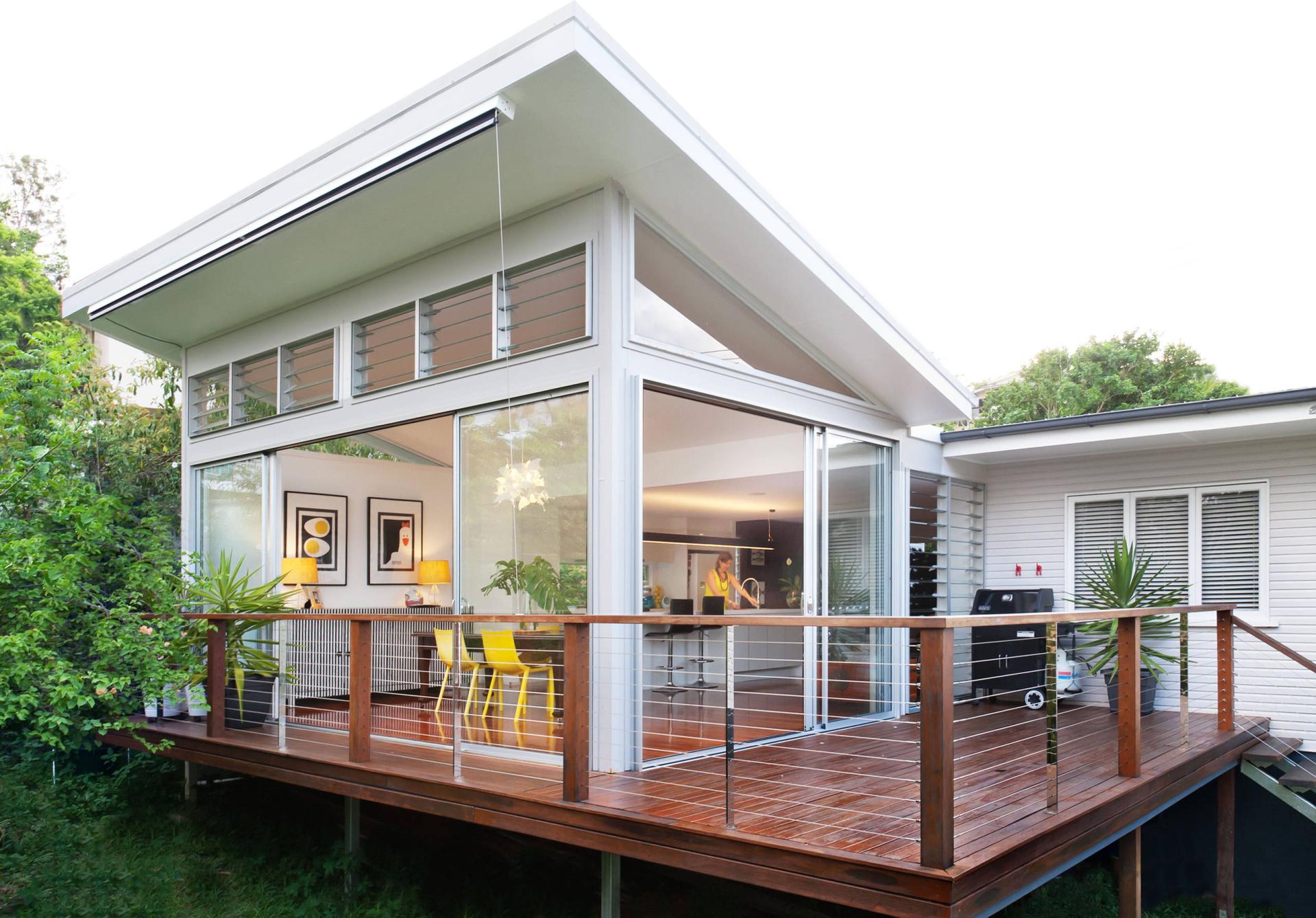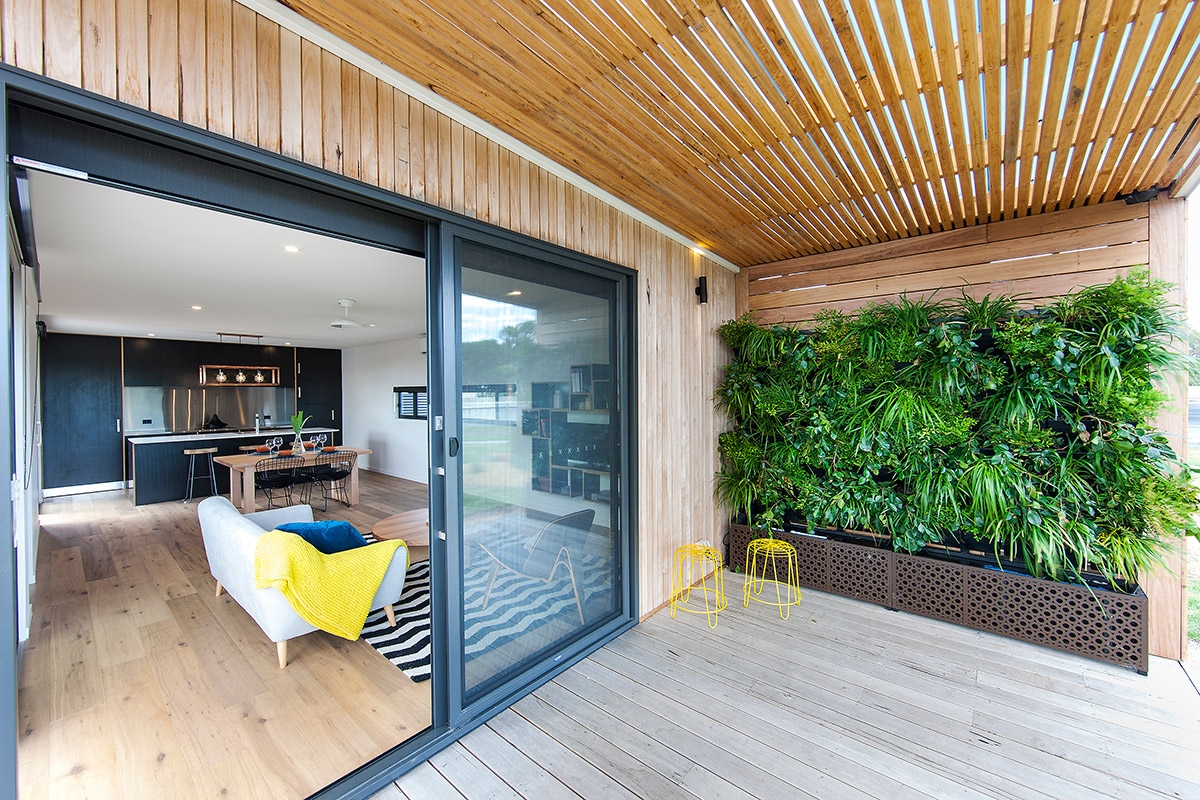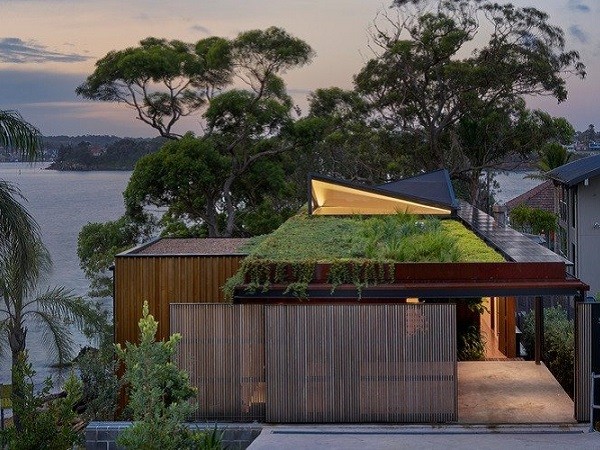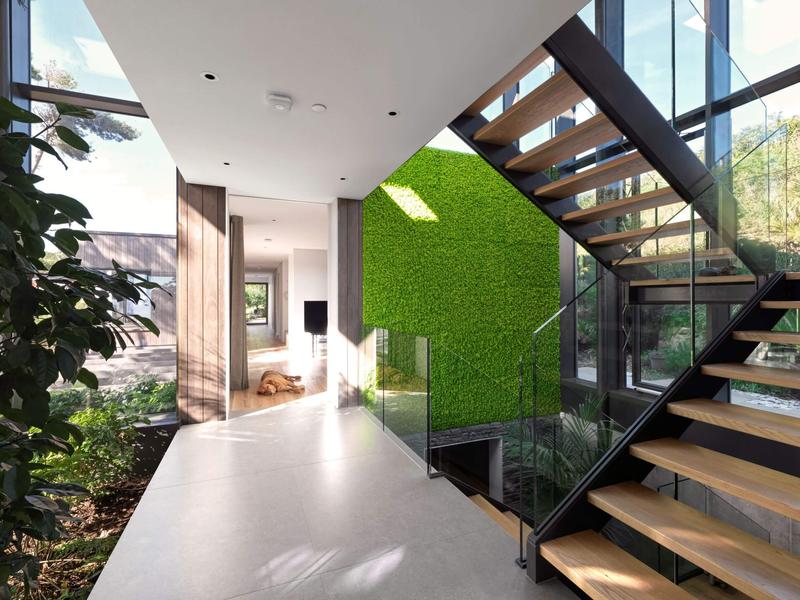Sustainability has become one of the pillars of architectural design. As the world grapples with environmental challenges, architects are increasingly turning to sustainable design principles to ensure the buildings they create have a positive impact on the environment around them.
For an architect to maximise a building's eco-friendly credentials they must adapt to local site conditions as well as implement sustainable technology and materials.
By conducting a site analysis an architect can identify a site's natural conditions such as daylight patterns, amount of rainfall and wind. Creating a building that utilises a site environment is the foundation of a successful sustainable design.
A buildings eco-friendly performance can be further improved with the use of sustainable technology and materials such as renewable energy systems and natural materials.
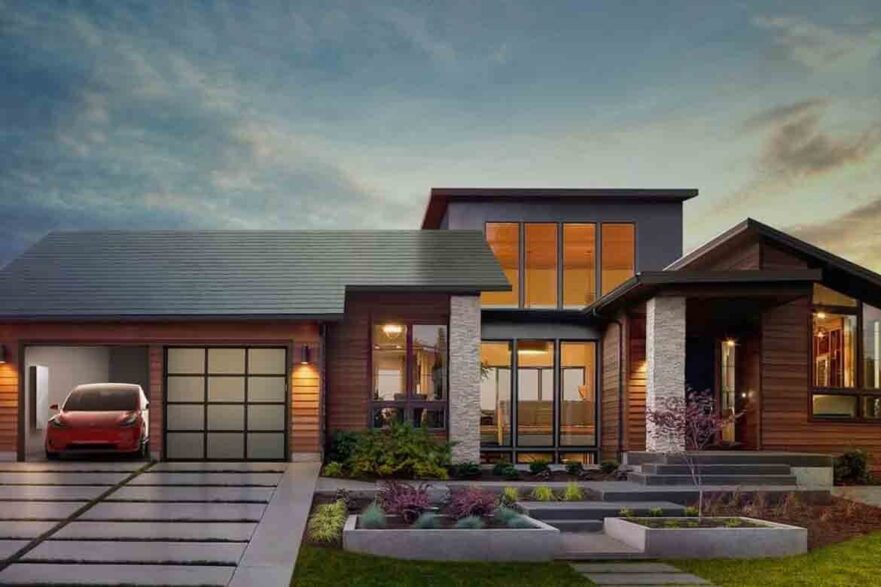
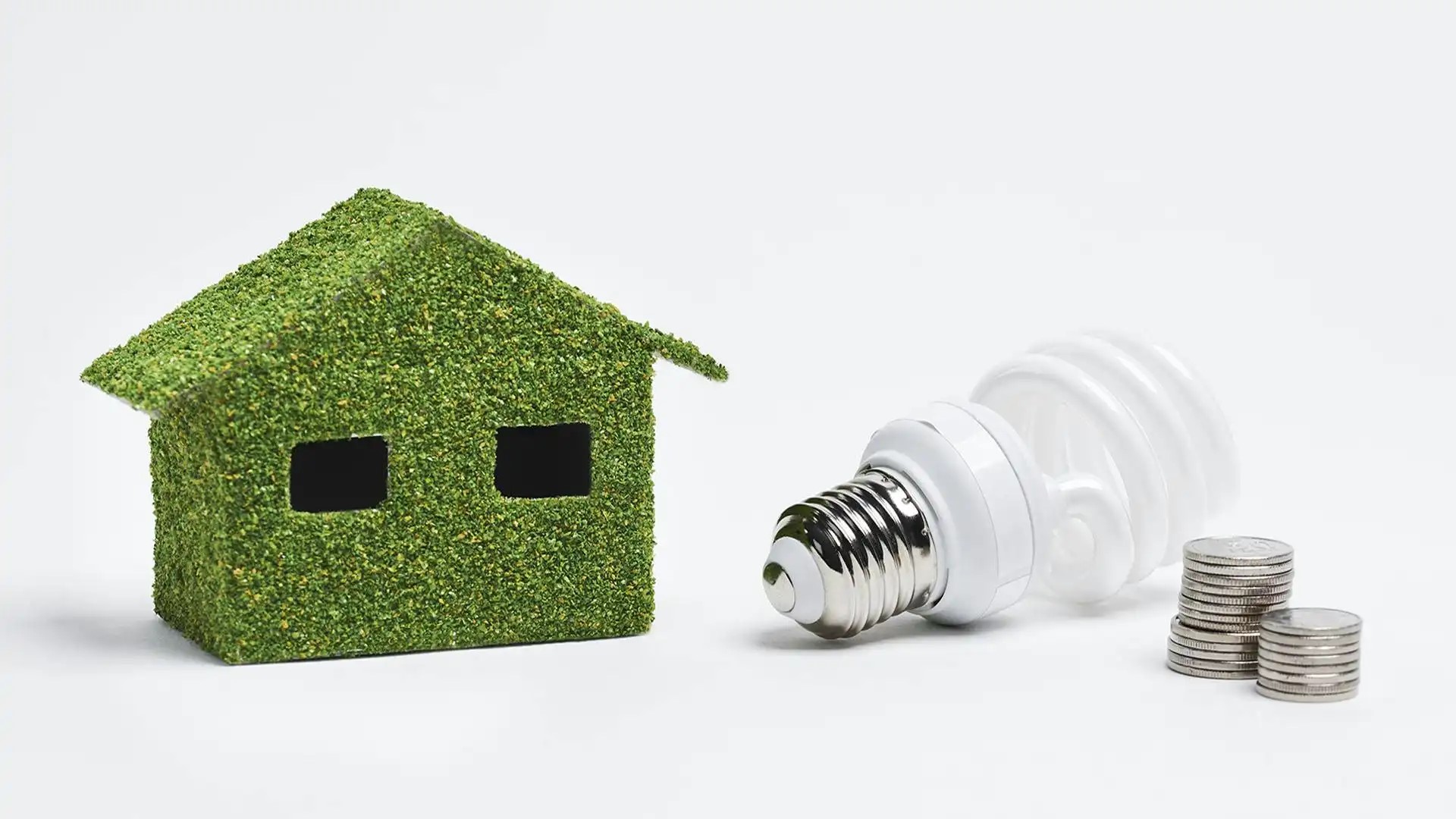
Renewable Energy
Renewable energy is usually the first thing to come to mind when discussing sustainability. Power source is very important when designing a sustainable building. Here are a couple options.
Photovoltaic Panels – Install Photovoltaic or Solar Panels to generate energy from the sun. The orientation of the building is important. Make sure a professional determines if your location makes sense for solar energy.
Windmills – A windmill, if appropriate can be a good source of energy. These can work well on rural blocks and don’t need to be large or unsightly. There are some really stunning simple designs that not only look great, but also conduct large amount of energy for your home.
Geothermal Heat – Some people are lucky enough to live in areas where there is natural geothermal heat available. If this is the case for your new or existing home, you can look into various ways to use the Earth’s heat to heat your home.
Energy Efficient Lighting
LED lights are essential standard these days. They are the most efficient lights, and they last for a very long time. Not only you will not need to constantly replace bulbs, their low energy use will reduce your electrical needs.
Conserve Water
Conserving water is important. This can be achieved very easily. Ensure that all your toilets have dual flush buttons, which has a massive impact on water usage. Outside of the home, it’s worth considering you only use plants and landscaping that are not high maintenance. If you use plants that can survive on their own with little to no additional water, you will be able to conserve significant amounts of water over a long period of time.
Adaptive Reuse
Adaptive reuse is taking a building with one use and converting it to another. Obviously demolishing a perfectly good building is not a very sustainable practice. If it can be converted into something else, then it’s a fantastic way to keep the building, and in turn, the history of its local area alive. Some great examples of this are churches being turned into stunning homes, or old halls being transformed into large open plan NY loft style living spaces
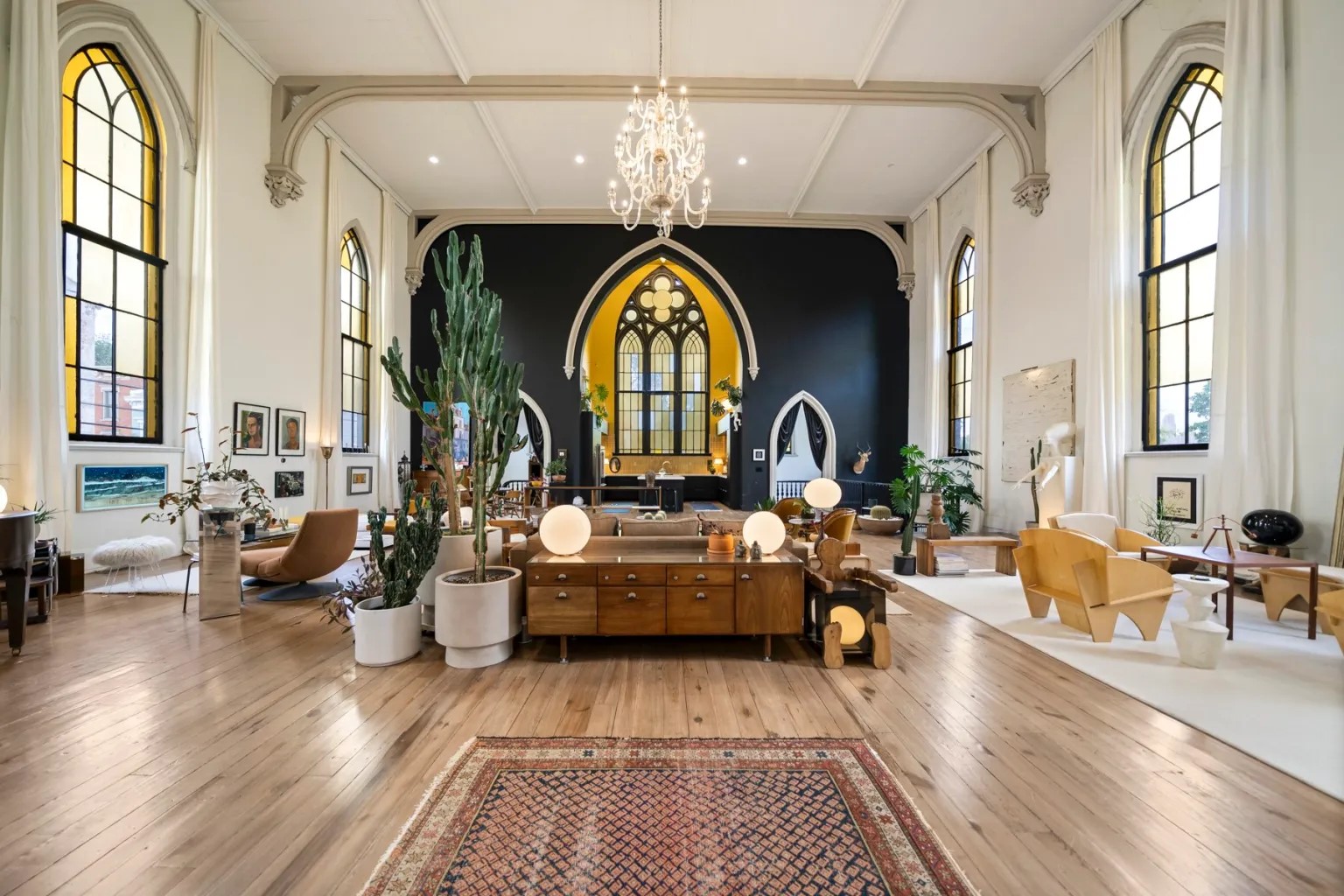
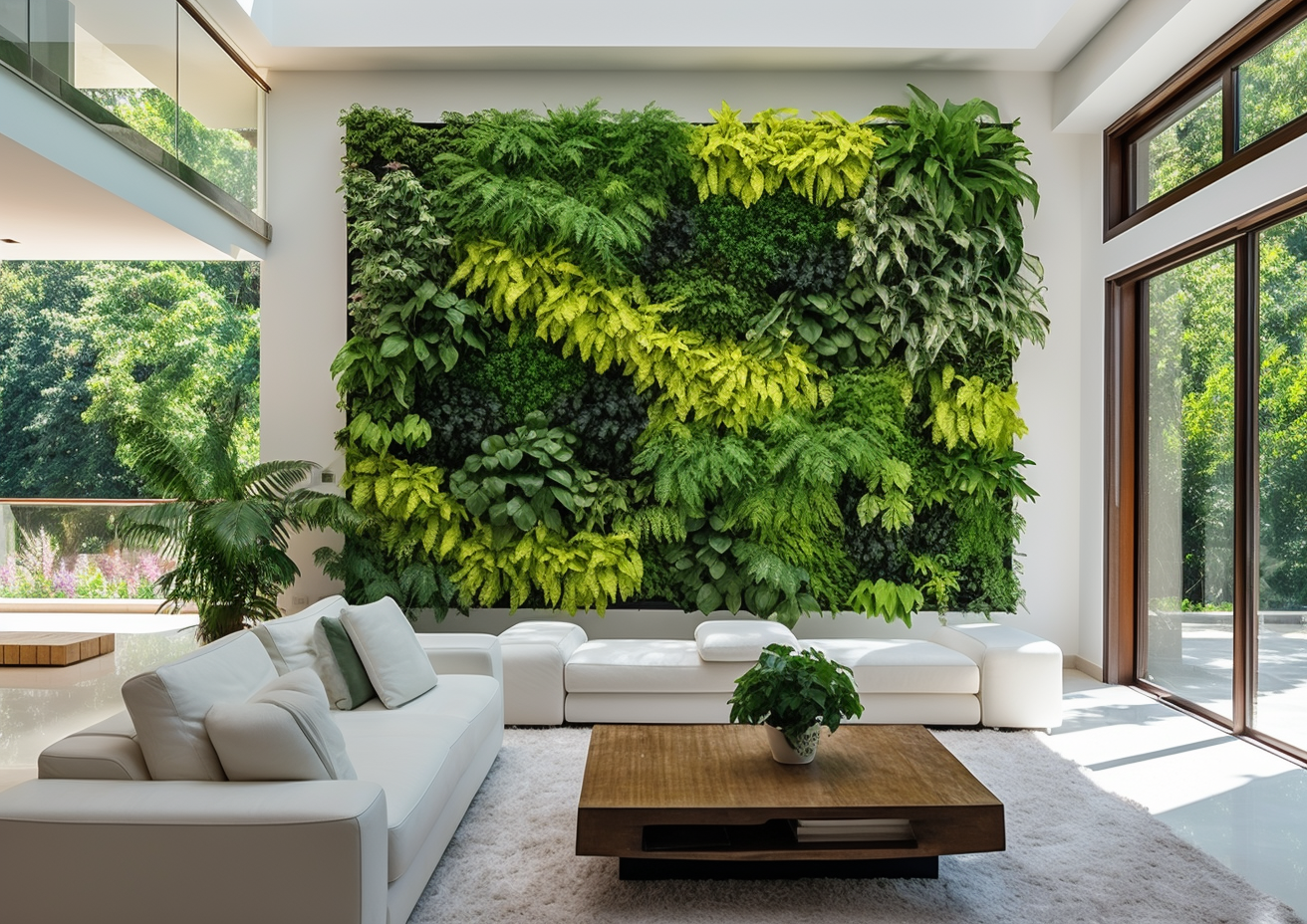
Sustainable Materials
Ensure that you do not use materials, paints, or construction glues high in Volatile Organic Compounds or VOCs.
Instead, use materials that can be easily recycled one day if need be or that are made from recycled materials. Reclaimed wood is a great example, may people love the look of old wood boards which can often be easily incorporated into your design. Using local materials when possible is also great for sustainability, even if it’s not possible to get materials from your local area, it is often possible to buy NZ grown or NZ made options. Another great option is to ensure you use durable materials that are designed to last, this ensure that materials do not need replacing as quickly, which is a great way to ensure your home is more sustainable long term.
Geen Roofs & Biowalls
Incorporating green roofs and bio walls into your new home design isn't just about aesthetics. It’s true that they do look stunning, but it’s also a sustainability superpower. These living features absorb rainwater, reducing runoff and strain on storm drains. They also act as natural insulators, lowering your energy bills for heating and cooling. Plus, bio walls filter pollutants from the air and green roofs create habitat for pollinators, bringing a breath of fresh air (literally) to your home and the surrounding ecosystem.
High Quality Insulation & Air Sealing
You not only need to use good quality and high value insulation, but you also need to ensure your building is well sealed to prevent air leakage. This ensure that the cool or warm air inside stays inside, and prevents the exterior air from getting in, causing disruptions to the ideal temperature of the home.
Substandard construction techniques and inferior materials will only save you money in the short term. An airtight building is the most important aspect of your insulation, this is the one area we do not recommend cutting costs. Every cent spent on insulation and airtightness, is a cent well spent.
Natural ventilation
As a rule, if you can reduce your energy consumption, then the environmental impact of your home design is already significantly cut down.
This can be achieved by opting for natural ventilation with open spaces and large windows. You can easily incorporate these in existing homes, as well with a little thought into the interior design of each room.
